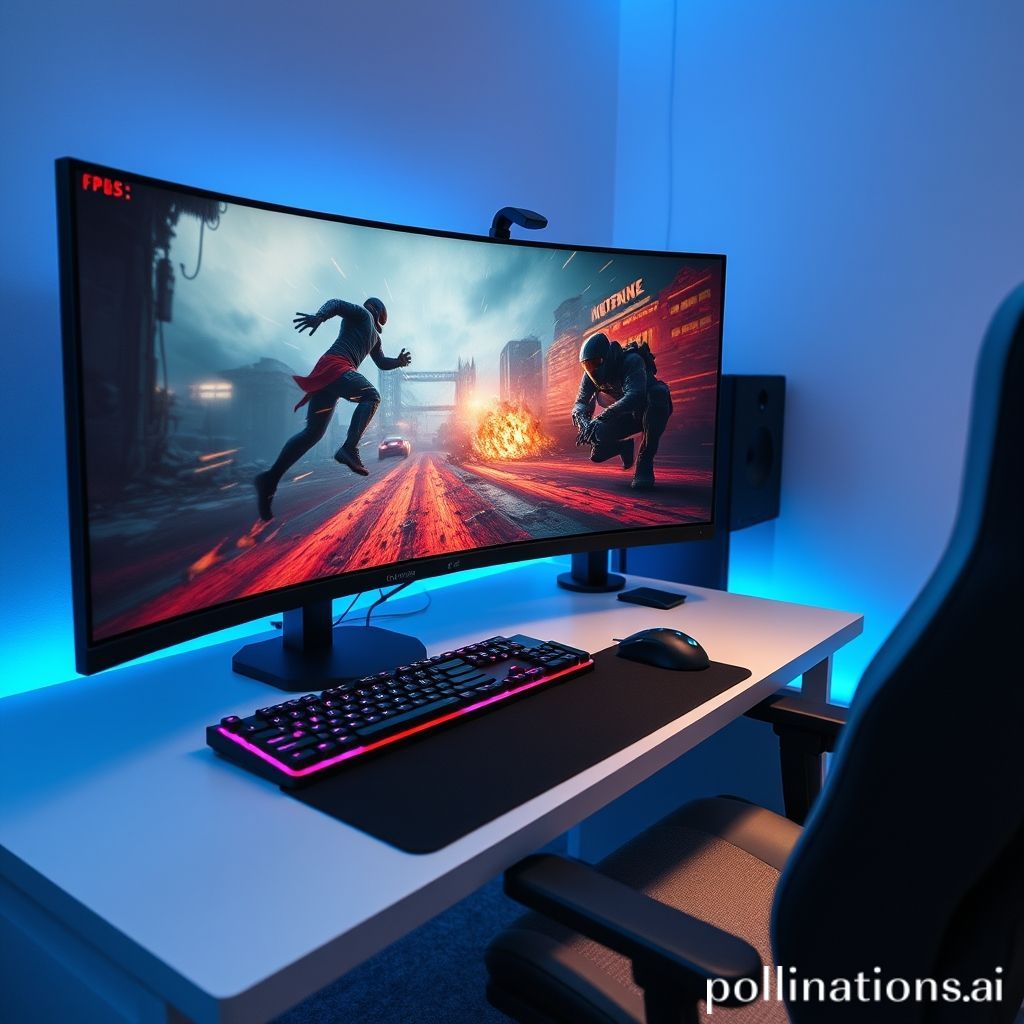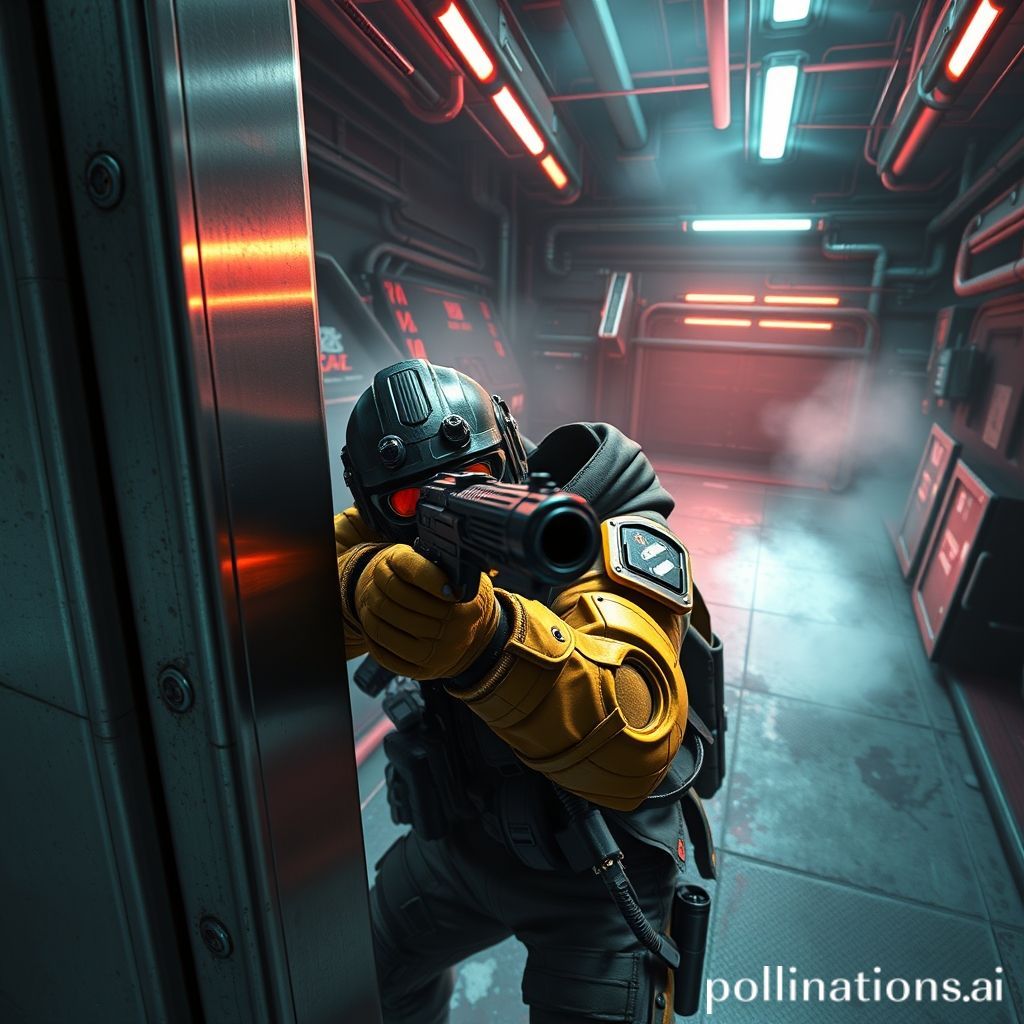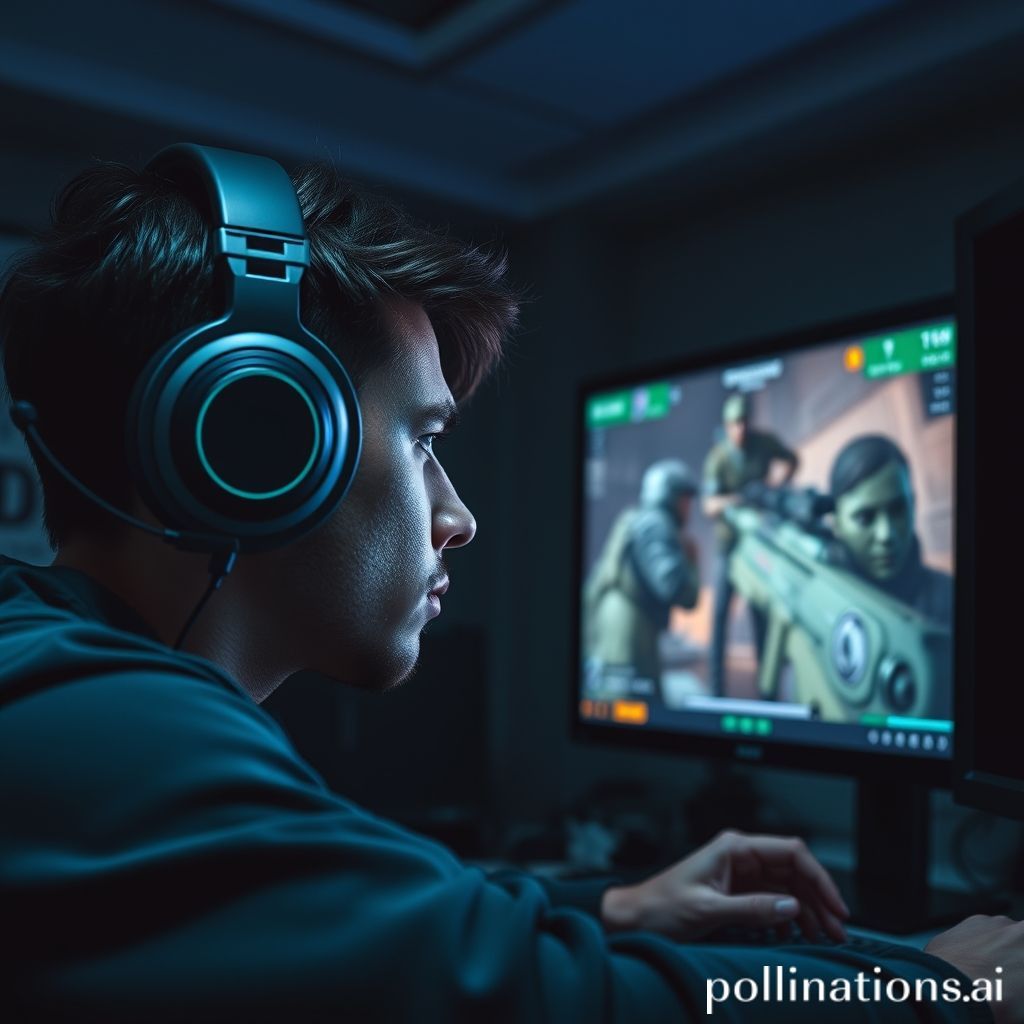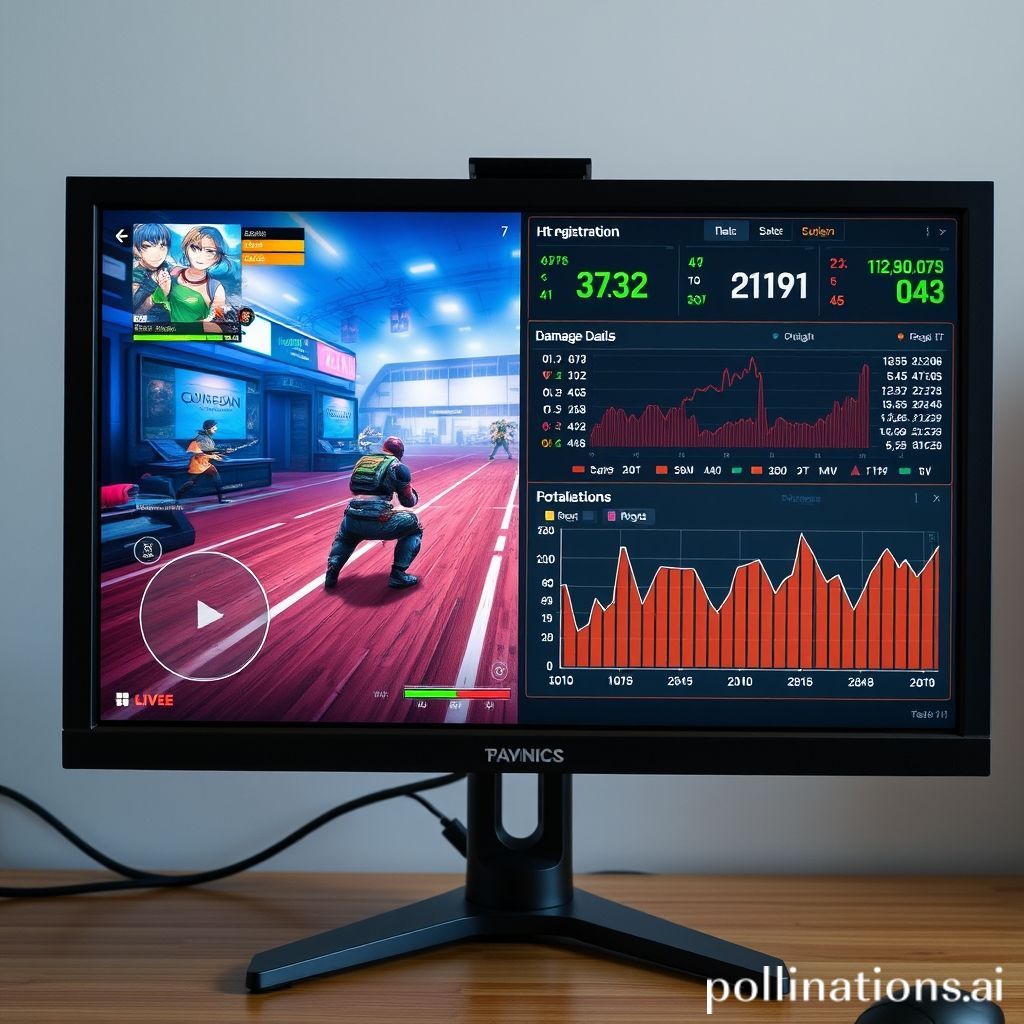
Ever found yourself staring at the “Defeat” screen in your favorite First-Person Shooter, wondering how the pros make it look so effortless? Or maybe you’re tired of being the last one alive, only to get instantly shut down? We’ve all been there. FPS games are a thrilling blend of lightning-fast reflexes, strategic thinking, and pinpoint accuracy. But unlike what some might think, being good isn’t just about innate talent; it’s about dedicated practice, smart strategies, and a deep understanding of the game’s mechanics.
Whether you dream of climbing the competitive ranks, dominating your friends, or simply enjoying the game more, improving your FPS skills is a journey that’s incredibly rewarding. This comprehensive guide will break down the essential components of becoming a formidable FPS player, from optimizing your setup to mastering the mental game. Get ready to transform your gameplay and start dominating the battlefield!
The Fundamentals: Building a Solid Base
Optimize Your Settings & Gear
Before you even fire a shot, ensure your environment and in-game settings are working for you, not against you. This foundational step is often overlooked but can make a monumental difference.
- Mouse DPI & In-Game Sensitivity: This is arguably the most crucial setting. There’s no one-size-fits-all, but generally, a lower sensitivity allows for more precise aim, relying on arm movements rather than just wrist flicks. Experiment in the practice range until you find a sensitivity where you can comfortably do a 180-degree turn without lifting your mouse too much, but still make micro-adjustments easily.
- Monitor Refresh Rate: If you’re serious about FPS, a high refresh rate monitor (144Hz, 240Hz, or even 360Hz) is a game-changer. It provides a smoother visual experience, allowing you to react faster to enemy movements.
- Crosshair Customization: Many games allow you to customize your crosshair. Find one that’s clearly visible against various backgrounds, doesn’t obstruct your view, and feels comfortable for you.
- Keybinds: Optimize your keybinds for quick and intuitive access to abilities, weapons, and utility. Keep essential actions close to your movement keys (WASD) and utilize mouse buttons if available. Ergonomics are key here.
- Internet Connection: A stable, low-latency internet connection is non-negotiable. Use a wired (Ethernet) connection over Wi-Fi whenever possible to minimize ping spikes and packet loss.
Master Your Aim
Aim is the cornerstone of FPS success. It’s not just about pointing and clicking; it’s a complex skill that combines precision, speed, and control.
- Aim Training Routines: Dedicated aim trainers like Kovaak’s FPS Aim Trainer or Aim Lab are invaluable. They offer a variety of drills targeting different aim styles (tracking, flicking, target switching). Incorporate 15-30 minutes of aim training into your daily routine before jumping into competitive matches.
- Crosshair Placement: This is often overlooked but incredibly effective. Always aim at head height where you expect an enemy to appear. This way, when an enemy pops out, you only need to make a small horizontal adjustment, drastically reducing your reaction time.
- Recoil Control: Every weapon has a unique recoil pattern. Spend time in the practice range learning to control the spray of your primary weapons. Often, it involves pulling your mouse down and slightly to the side in a specific pattern to counteract the recoil.
- Pre-aiming & Angle Advantage: Instead of reacting to an enemy, anticipate their position. Pre-aim at common angles or corners, so your crosshair is already on target the moment they peek.
Beyond the Basics: Movement, Positioning & Awareness
Dynamic Movement & Peeking
Movement isn’t just about getting from point A to point B; it’s a defensive and offensive tool that can significantly impact engagements.
- Strafing & A/D Movement: Learn to use quick, unpredictable A/D strafes during gunfights to make yourself a harder target. Mix up your strafe lengths and timing.
- Jiggle Peeking & Wide Peeking: Understand when to use each. Jiggle peeking (quickly tapping A/D to get information without exposing yourself fully) is great for intel. Wide peeking (swinging out quickly) can surprise enemies holding tight angles, but carries more risk.
- Crouch & Jump Peeking: Occasionally mixing in a crouch during a peek can throw off an enemy’s aim, making them adjust to your lower hitbox. Jump peeking can be used to gain a quick line of sight over cover or clear close angles.
- Utilize Cover: Always fight near cover. This allows you to break line of sight, reload safely, or reposition. Don’t stand in the open unnecessarily.

Superior Map Awareness & Positioning
Knowing where you are, where the enemy is, and where they might be going is crucial for consistent performance.
- Sound Cues: Train your ears! Footsteps, reloads, ability activations, and weapon fire provide invaluable information about enemy locations and intentions. Invest in good headphones.
- Minimap/Radar Usage: Don’t just glance at it; actively process the information. Teammate positions, enemy pings, and objective locations are constantly updated. It’s your bird’s-eye view of the battlefield.
- Power Positions: Identify and utilize advantageous positions on the map. These are spots that offer good cover, multiple lines of sight, or control over key chokepoints. Learning common power positions for each map is vital.
- Anticipation & Prediction: Based on game flow, enemy patterns, and sound cues, try to predict where enemies will push or rotate. Being in position before they arrive gives you a massive advantage.
- Flanking & Rotations: Don’t always take the most direct route. Flanking can catch enemies off guard, while smart rotations can help your team reinforce or defend objectives more effectively.
The Mental Game & Teamplay
Cultivate a Winning Mindset
Your mental state profoundly impacts your performance. Staying calm, focused, and positive can turn the tide of a match.
- Tilt Management: Everyone gets frustrated, but letting it consume you leads to poor decisions. If you’re feeling tilted, take a short break, breathe, or switch to a less competitive mode. Learn to recognize the signs of tilt and disengage before it gets worse.
- Learn from Mistakes: Every death is a learning opportunity. Instead of blaming lag or teammates, ask yourself: “What could I have done differently?” Reviewing your gameplay (VODs) is an excellent way to identify bad habits and areas for improvement.
- Patience: Not every engagement needs to be rushed. Sometimes, holding an angle, waiting for an enemy to push into your crosshair, or allowing teammates to set up is the smarter play.
- Consistency: Improvement isn’t linear. Some days you’ll feel like a god, others like a bot. The key is consistent practice and not getting discouraged by off days.

Effective Communication & Team Synergy
FPS games, especially competitive ones, are rarely won alone. Teamwork makes the dream work!
- Clear Callouts: Provide concise, accurate, and timely information to your team. “One enemy top mid, low health,” is more helpful than “Enemy there!” Learn common callout names for map locations.
- Support Your Teammates: Trade kills, share utility, and provide covering fire. If a teammate is pushing, be ready to follow up or watch their flank.
- Utilize Utility/Abilities: Don’t hoard your grenades, smokes, or character abilities. Use them strategically to gain advantages, block sightlines, or clear areas for your team.
- Role Specialization: Understand your role within the team (e.g., entry fragger, support, sniper, lurker) and play to its strengths. Adapt if the situation demands it, but generally stick to what you’re good at.
Continuous Improvement: Practice Makes Perfect
Structured Practice Sessions
Randomly jumping into matches won’t yield optimal results. Approach your practice with purpose.
- Warm-up Routine: Before competitive play, spend 10-15 minutes warming up your aim, movement, and reflexes in an aim trainer or the game’s practice range.
- Targeted Drills: Identify your weaknesses (e.g., flicking, recoil control, clutch situations) and create specific drills to address them.
- Scrims & Custom Games: If possible, play custom games or scrims with a consistent team. This allows you to practice strategies, communication, and team play in a low-pressure environment.
Analyze and Adapt
The best players are constantly learning and evolving.
- VOD Review: Record your gameplay and watch it back. This is arguably the most powerful tool for improvement. You’ll spot mistakes you didn’t even realize you were making, identify enemy patterns, and see missed opportunities. Watch professional players’ VODs too to learn advanced strategies.
- Stay Updated: The meta in FPS games constantly shifts with patches, new weapons, and character abilities. Keep up with game updates and adjust your playstyle accordingly.
- Experiment: Don’t be afraid to try new weapons, characters, or strategies. Sometimes a small change can unlock new potential in your gameplay.

Conclusion
Improving your FPS skills is a journey that demands patience, dedication, and a willingness to learn. It’s not about magically becoming a pro overnight, but rather consistently applying fundamental principles, honing your mechanics, and refining your strategic thinking. By optimizing your settings, mastering your aim, utilizing dynamic movement, enhancing your map awareness, and cultivating a positive mindset, you’re well on your way to becoming a formidable player.
Remember to practice smart, learn from every experience, and most importantly, enjoy the process of getting better. The satisfaction of hitting that perfect headshot, clutching a round, or outsmarting your opponents is what makes FPS games so incredibly engaging. So, go forth, apply these pro tips, and start dominating the battlefield!





